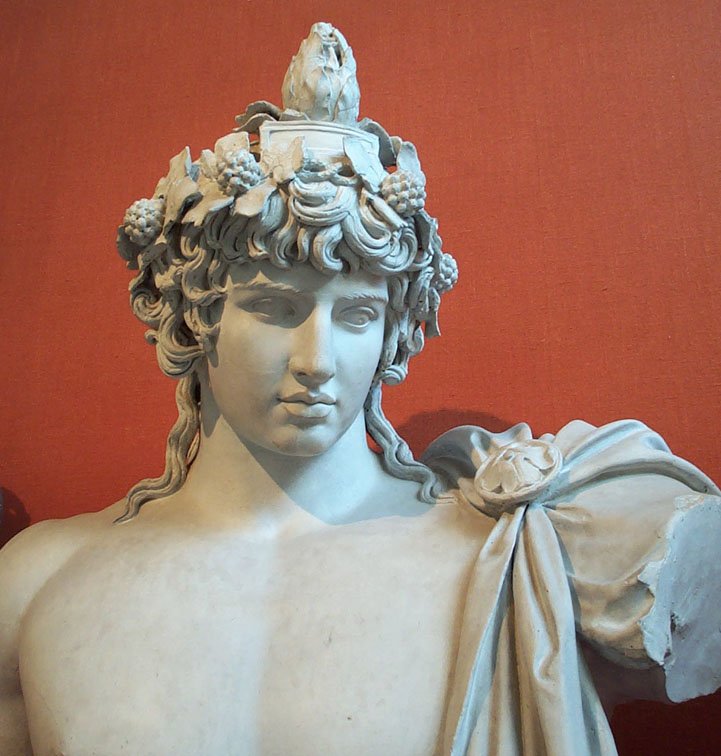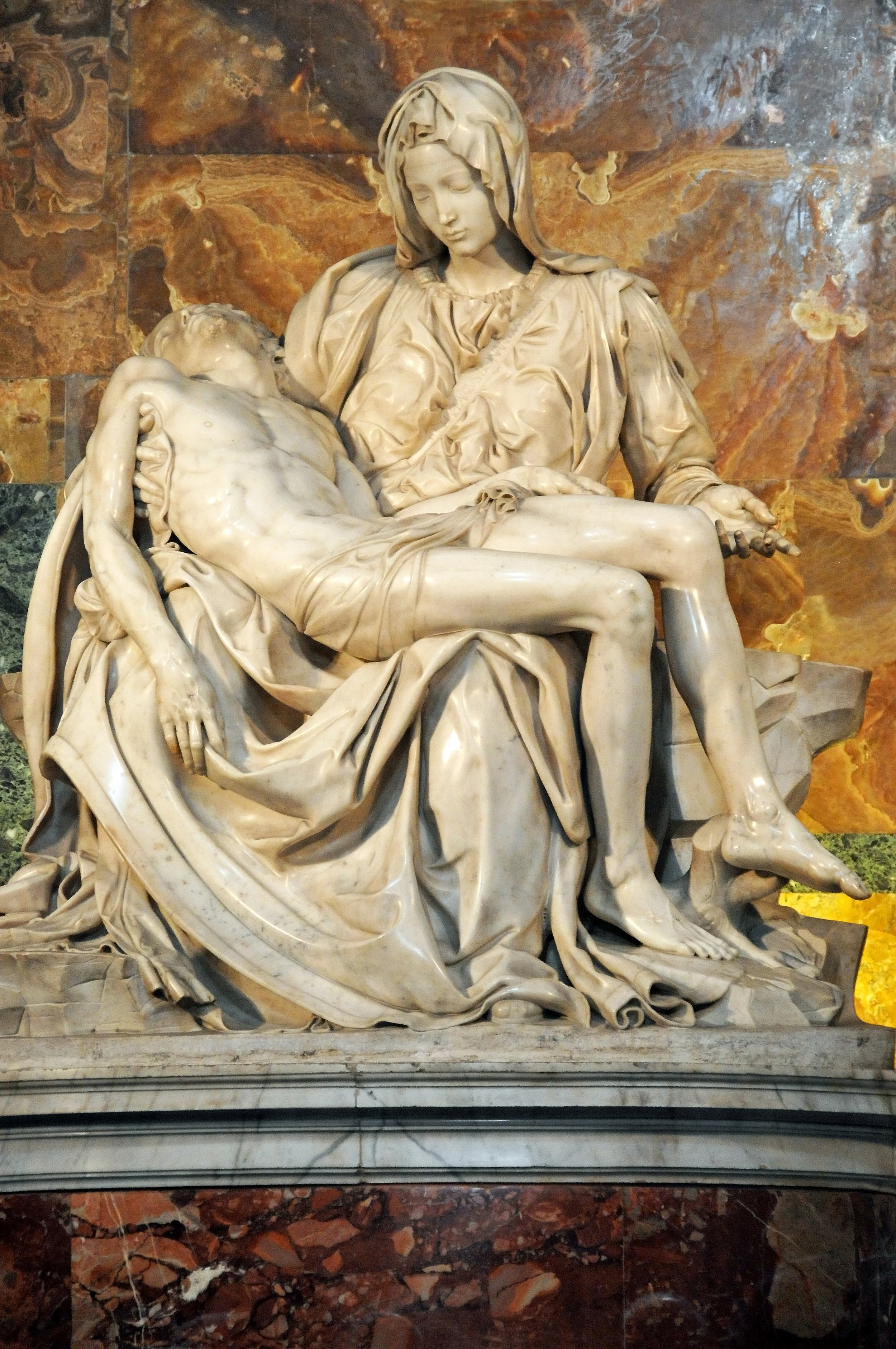
CONCEPT
T H E A R T O F A E S T H E T I C S
At Kai Clinic, our approach to aesthetics is deeply rooted in the timeless elegance of famous sculptures. Drawing inspiration from these artistic masterpieces, we meticulously apply the principles of symmetrical design and perfectionism to every aspect of our practice. From consultation to treatment, our goal is to achieve harmonious and balanced results that reflect the beauty of classical artistry.
SMOOTH & MODIFY
Title: The David
Sculptor: Michelangelo di Lodovico Buonarroti Simoni
Period: Renaissance
Credit: Accademia Gallery, Florence
-
The David sculpture, a masterpiece created by the renowned Italian artist Michelangelo, stands as an iconic symbol of human achievement and beauty. Crafted from flawless Carrara marble, this imposing figure embodies the essence of strength, courage, and classical perfection. Standing over 5 metres tall, David's muscular form exudes a sense of power and determination, captured in every chiselled detail. Michelangelo's unparalleled skill brings life to the marble, as David's intense gaze and poised stance convey a moment of unwavering resolve. This timeless sculpture continues to awe and inspire viewers, transcending centuries as a testament to the genius of its creator and the enduring spirit of humanity.
Our clinic draws inspiration from the paradoxical ability to MODIFY marble sculptures, despite their composition of hard material, when performing skin-smoothing procedures. Similar to how Michelangelo is able to meticulously SMOOTH marble to achieve a flawless surface, our clinicians apply the same principles to soften and enhance the skin's texture, providing patients with natural-looking results and renewed confidence.
SCULPT
Title: Ayanna
Sculptor: Michael James Talbot
Period: Modern
Credit: Saatchi Gallery, London
-
Ayanna, a striking sculpture crafted by Michael James Talbot, captivates with its elegant form and profound symbolism. Talbot's masterful hands have brought forth a piece that exudes grace and strength in equal measure. The feminine beauty and resilience Ayanna portrays is a testament to Talbot’s ability to SCULPT pristine marble so seamlessly. Her poised stance and serene expression invite contemplation and depicts modern standards of feminine cosmesis. Similarly, her flowing lines convey a sense of fluidity and movement frozen in time.
Talbot's Ayanna speaks to the depths of modern beauty. Kai Clinic adopts the proportions of the Ayanna sculpture as a benchmark for beauty, emphasising features such as high cheekbones, a softly prominent chin, enhanced lips, smooth contours, a peaked nose, and a refined jawline. This approach reflects our commitment to achieving aesthetically pleasing results that harmonise facial proportions and enhance natural attractiveness.
SHAPE
Title: The Youthful Statue of Hercules
Sculptor: Unknown
Period: Roman
Credit: The Met Fifth Avenue, New York
-
The Youthful Statue of Hercules is a marble sculpture dating back to ancient Roman times, believed to have been created during the 2nd century CE. This striking portrayal captures Hercules, the legendary hero of Greek mythology, in his youth. The sculpture showcases Hercules in a relaxed yet powerful pose, with his muscular physique and athletic SHAPE accentuated. Despite its age, the Youthful Statue of Hercules remains remarkably well-preserved, offering a glimpse into the artistic prowess and reverence for mythological figures in ancient Rome.
Kai Clinic draws inspiration from the sculptor's adeptness in shaping a strong profile when sculpting the facial aesthetics. Our commitment to precision and expertise allows us to tailor treatments to each individual, ensuring that they achieve a profile that aligns with their aesthetic goals and enhances their natural beauty.
ENHANCE
Title: Statue of Antinous
Sculptor: Unknown
Period: Roman
Credit: Museum of Classical Archaeology, Cambridge
-
The Statue of Antinous is an ancient Greco-Roman sculpture depicting Antinous, a young Greek youth and beloved companion of the Roman Emperor Hadrian. Antinous died under mysterious circumstances in AD 130, leading to his deification by Hadrian. The statue, created in marble, portrays Antinous as a handsome, youthful figure, often depicted in the guise of various gods, particularly as the god Bacchus or Dionysus.
The statue gained prominence during the Renaissance when interest in classical art and mythology surged. It is regarded as one of the most iconic representations of classical beauty. While the exact sculptor is unknown, the artists ability to ENHANCE each feature, namely the lips, has inspired numerous artists throughout history.
Here we draw on the notion that beautifully proportioned lips can be sculpted with the precision and artistry akin to carving a masterpiece with the right eye. Our approach at Kai Clinic involves using advanced techniques and keen aesthetic sensibilities to enhance lip contours and proportions, to achieve natural-looking results.
CHISEL
Title: Pieta
Sculptor: Michelangelo di Lodovico Buonarroti Simoni
Period: Renaissance
Credit: Vatican City, Rome
-
Completed in 1499, Pieta is a sculpture that depicts the body of Jesus Christ lying on the lap of his mother, Mary, after the Crucifixion. Mary's expression reflects deep sorrow and mourning, while Jesus appears serene in death. Michelangelo's mastery of sculptural technique is evident in the intricate details of the figures, such as the delicate folds of Mary's garments and the lifelike anatomy of Jesus' body. The sculpture is known for its emotional intensity, conveying themes of grief, compassion, and maternal love. Pieta is considered one of Michelangelo's greatest masterpieces and a quintessential work of Renaissance art, admired for its beauty, spiritual power, and technical virtuosity.
Our clinicians draw inspiration from the remarkable ability of Michelangelo to CHISEL depth and sharp edges in the marble while maintaining an overall appearance of softness. At Kai Clinic we stress the importance of balancing technical expertise with a gentle touch for a seamless but noticeable outcome.
REJUVENATE & REPAIR
Title: African Venus
Sculptor: Charles-Henri-Joseph Cordier
Period: 19th Century
Credit: The Walters Art Museum, New York
-
Cordier was known for his fascination with diverse cultures and his ability to capture the beauty and individuality of non-European subjects. The African Venus exemplifies Cordier's mastery in this regard, portraying an African woman with striking realism and dignity. The sculpture showcases intricate details, from the woman's elaborate hairstyle to the delicate features of her face. Through the African Venus Cordier celebrates the beauty and diversity of African culture while also challenging colonial attitudes prevalent during his time. The sculpture remains a significant work of art, admired for its technical skill and its contribution to the representation of non-Western subjects in European art.
At Kai Clinic, we draw from Cordier’s ability to REJUVENATE & REPAIR bronze marble to help create a lifelike healthy glow.
LIFT
Title: The Bust of Nefertiti
Sculptor: Thutmose
Period: 18th Dynasty of Egypt
Credit: Egyptian Museum Of Berlin, Berlin
-
The Bust of Nefertiti is an iconic ancient Egyptian sculpture believed to have been crafted around 1345 BCE. It depicts Queen Nefertiti, (meaning “the beautiful one has come forth”), the Great Royal Wife of the Egyptian Pharaoh Akhenaten. The sculpture is renowned for its exquisite beauty and attention to detail, particularly in capturing the queen's graceful features and enigmatic smile. It is notable for its smooth, elongated lines and its strikingly lifelike appearance. The bust is made of limestone and stucco, with intricate painted details that enhance its realism. It was discovered in Amarna, Egypt, in 1912 by the German archaeologist Ludwig Borchardt and is now housed in the Neues Museum in Berlin, Germany. The Bust of Nefertiti remains one of the most celebrated artefacts of ancient Egypt and a symbol of artistic excellence and beauty.
Kai Clinic employs advanced techniques to enhance facial contours while maintaining a natural aesthetic. With a deep reverence for Nefertiti's beauty and a commitment to respecting the inherent grace of aging, Kai Clinic offers tailored treatments that rejuvenate and elevate in order to LIFT signs of aging, while ensuring clients achieve a refreshed and balanced look that celebrates their mature beauty.
RESTORE
Title: Ludovisi Cnidian Aphrodite
Sculptor: Praxiteles
Period: 4th Century BC
Credit: National Rome Museum, Rome
-
The Ludovisi Cnidian Aphrodite, also known as the Ludovisi Venus, is a captivating marble sculpture dating back to the 2nd century CE, believed to be a Roman copy of a lost Greek original from the 4th century BCE. This graceful statue depicts the goddess Aphrodite, the embodiment of love and beauty in ancient Greek mythology. The Ludovisi Cnidian Aphrodite is renowned for its exquisite craftsmanship and lifelike portrayal, showcasing the goddess in a moment of modesty as she prepares to cover herself with a garment. With her sensual curves and serene expression, the statue exudes an aura of timeless elegance and divine allure. Notably, sculptors had to RESTORE the sculpture carefully to ensure the preservation of this cherished masterpiece. The Ludovisi Venus stands as a testament to the enduring fascination with the divine feminine and remains a cherished masterpiece of ancient sculpture, housed in the Palazzo Altemps in Rome, Italy.
At Kai Clinic, we honor the fluidity of personal choices, recognizing that preferences evolve over time. Our treatments are designed to be temporary, allowing individuals the freedom to change their minds. With expertise in facial filler restoration, we possess the skill to return faces to as close to their original state as possible, ensuring our clients feel confident in their natural appearance at every stage of their journey.







